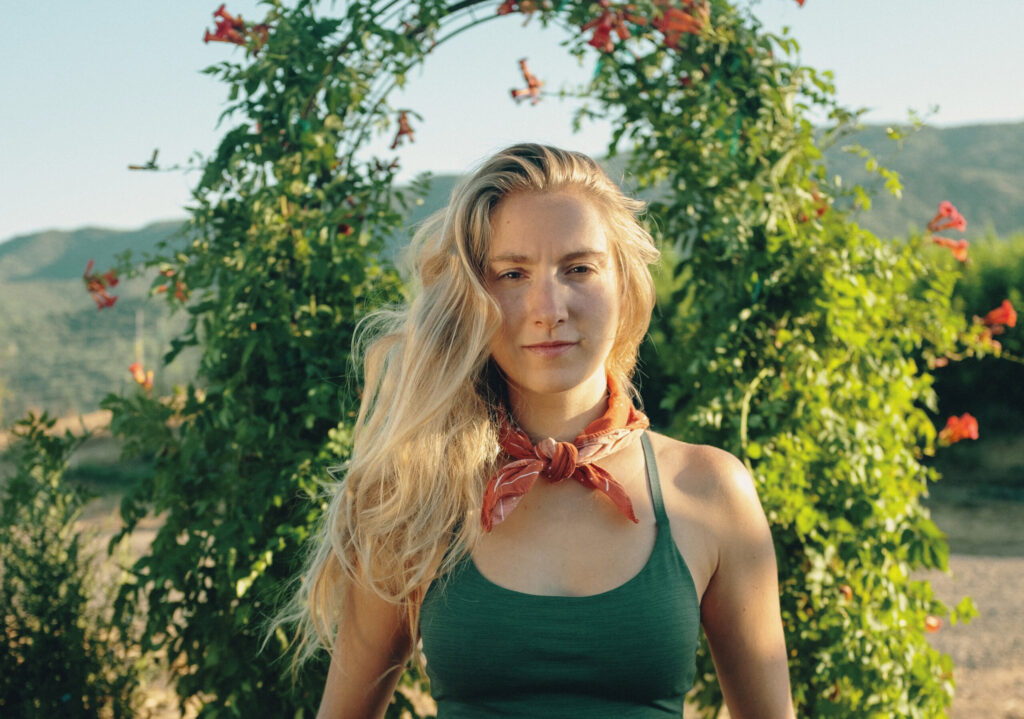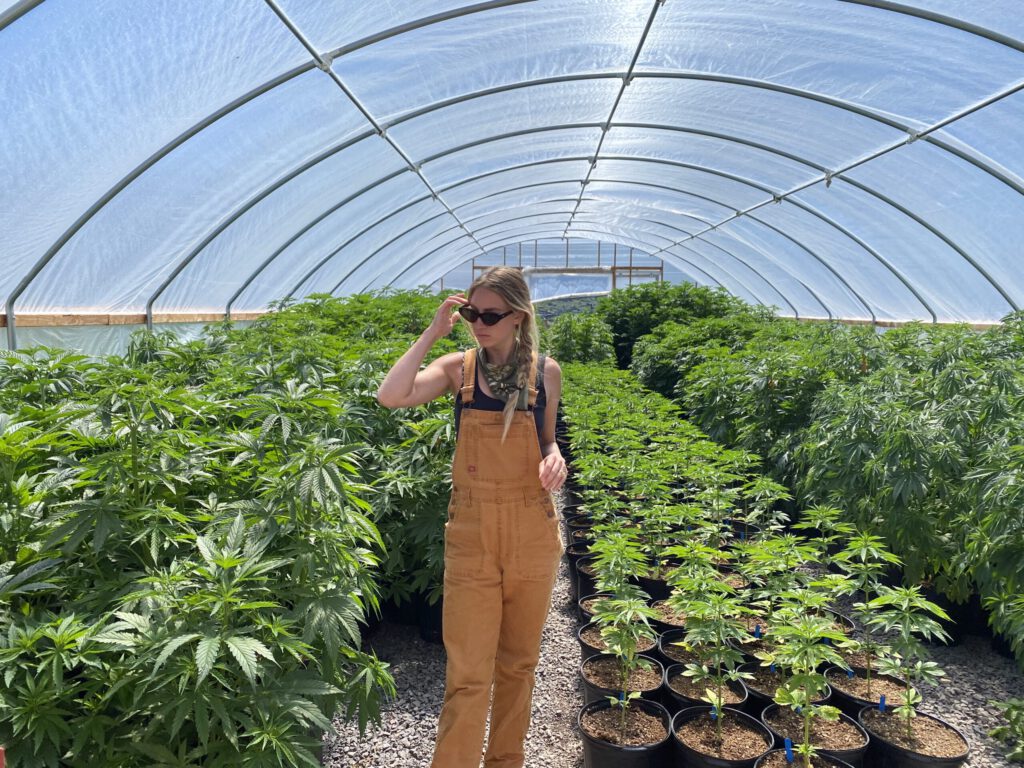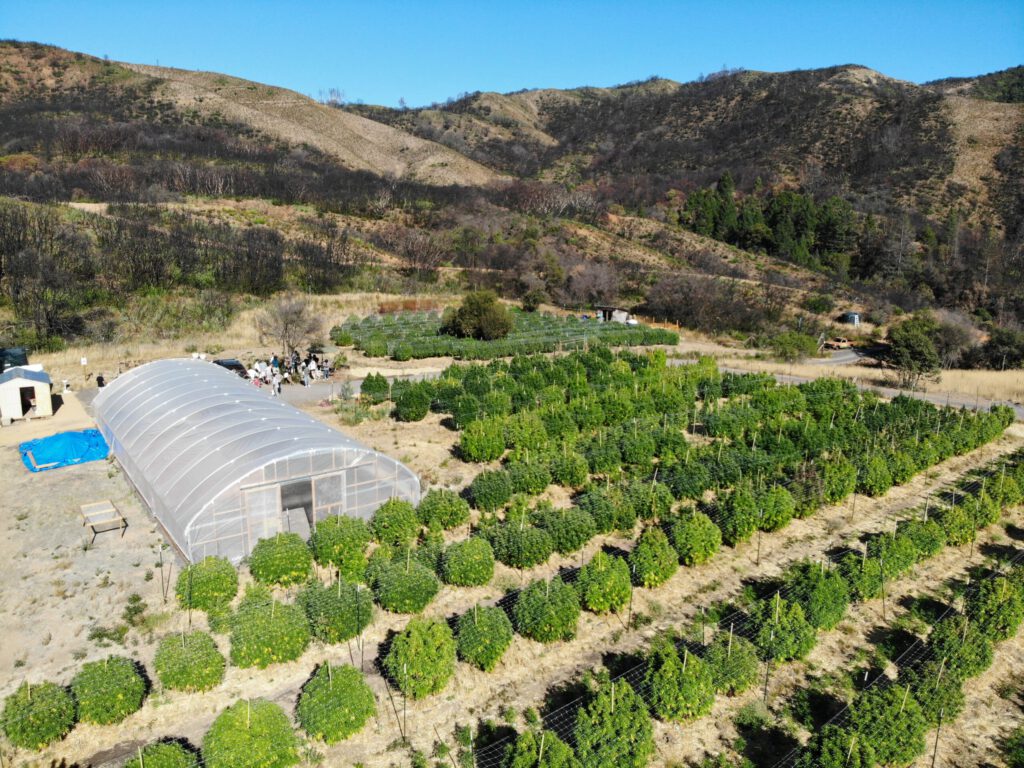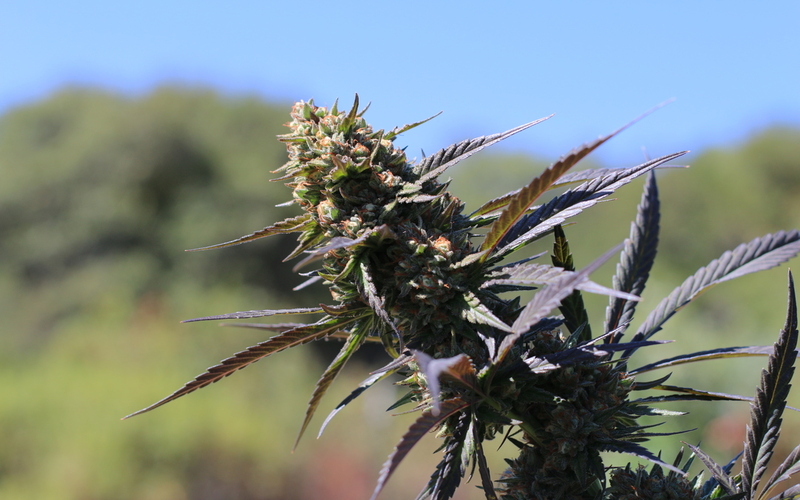It may be green, but the modern cannabis industry is by no means environmentally friendly.
The commercialization of cannabis and the continued expansion into new markets means this sector is gobbling up an increasing number of resources.

With the release of its Sustainability Report 2020, Aster Farms is one cannabis company choosing to tackle the industry’s sustainability issues head-on.
Inspired by the likes of other eco-pioneers Patagonia and All Birds, CEO and Co-Founder Julia Jacobson is seeking to build a transparent, eco-friendly cannabis brand in Northern California.
Aster Farms is the first cultivator to publish details on the environmental impact of its cultivation and production activities.
Digging into the data on water consumption, energy use, greenhouse gas emissions, and more, Jacobson and the team have learned a lot about their sustainability wins as well as areas for improvement.
Sustainability is a Long-Term Project for Aster Farms
Building a truly sustainable cannabis brand is an all-encompassing and neverending goal.
Every aspect of cannabis cultivation requires careful consideration from the point of view of its environmental impact.
Every choice, from soil to transportation to packaging, contributes to the final carbon emissions and waste produced, and the energy consumed.
The complexities of sustainability are why Aster Farms started with the basics. They grow the majority of their canopy outdoors under the sun, meaning no grow lights and no HVAC.
They currently have 33,000 square feet of outdoor canopy and counting.
According to a 2012 study on the sector’s energy consumption, indoor and mixed-light cannabis cultivation in the US produced a whopping 15,000,000 metric tons of CO2 annually — equal to the output of three million American cars.

Aster’s seemingly simple initial choice to grow outdoors has had an immediate impact on the farm’s carbon intensity per pound of flower grown.
In 2020, one pound of flower from Aster’s mixed outdoor and greenhouse canopy produced 9kg of CO2 emissions per their report. This is a remarkable feat, especially compared to an industry average of 1,000 kg of CO2 from indoor and 580 kilograms from greenhouse operations.
Another factor making Aster Farms a leader in the green cannabis movement is its dedication to living soil, no-till agriculture, and other regenerative farming practices.
On the ground, that means planting directly in the field and focusing on living soil, which requires far fewer amendments than traditional potting soil preparations.
As Jacobson details, this isn’t the industry standard for outdoor farms. “A lot of outdoor growers are growing above ground in pots,” he said. “And that means, for the most part, not necessarily developing living soil. Which means they are importing soil, pumping it with amendments, and oftentimes disposing of that soil.”
At the moment, compost and potting soil for Aster comes from local facilities within a 40-mile radius and is delivered in bulk, not in bags.
Jacobson hopes to have their own soil production and composting up and running soon. However, as “that actually takes years to physically develop” from the organic waste produced by their cultivation, this is a long-term project requiring a bit of patience.
A final impressive tidbit gleaned from the Sustainability Report is the farm’s commitment to conserving water.
As per the report, indoor cannabis typically uses 198 gallons of water per square foot of cultivation, greenhouse uses 80 gallons, and outdoor, 11 gallons.
When Aster crunched the numbers, their outdoor and greenhouse mixed canopy pulled 22 gallons per square foot of cultivation. In an effort to reduce water consumption, the farm is adapting to the local conditions, which are higher and dryer than similar farms in their region. One such adaptation is a 400,000-gallon agricultural pond, which captures spring rain for use during the dryer months.
More Than a Few Surprises on the Sustainability Report

Jacobson is the first to admit that the 2020 report captured a few surprises about their approach. One of the biggest shockers was the primary cause of the farm’s carbon footprint.
When they started compiling the data, employee commuting mileage became a clear issue. “It accounts for the majority of our greenhouse gas emissions, and I am the biggest offender,” Jacobson said. Roughly 90 percent of the CO2 produced from the farm comes from employee mileage commuting to and from work.
Another surprise was the role current regulations now play in the development of solid waste. As highlighted in the report, “The millions of track and trace tags issued to cultivators, the millions of zip ties needed to secure the tags to the plants, and the need for child-resistant packaging are all flagrant offenders when working towards sustainability.”
Yet, Jacobson isn’t deterred by these surprises. This report has given Aster the tools they need to learn, adapt, and plan. Jacobson said, “That was one of the things our sustainability report did for us. Helping us to focus on what are our quick wins and what are the bigger things that we want to do in the future.”
The farm is planning on making more than a few adjustments in response to the discoveries in their first report. Jacobson has already signed up for a carbon offsetting program, made plans to expand solar energy on the farm, and will begin experimenting with biodegradable zip ties.
Sustainability: A New Conversation for the Cannabis Industry
Even for a company launched on the premise of eco-friendly cannabis, Aster’s first Sustainability Report was a wake-up call. As Jacobson stated, “It’s the only industry where we are getting a clean slate, and we are building from scratch. We have an opportunity to really address these things from the get-go and build the foundations of the legal industry on a better trajectory.” She wants this report to inspire other companies to dig into their environmental impact.
Author
-
Jessica McKeil is a cannabis writer based in British Columbia, Canada. She has a passion for cannabis tech and scientific breakthroughs, which has led her to work with some of the industry's biggest brands. She is the owner and lead-writer of Sea to Sky Content (httpsss://www.seatoskycontent.com/); a content company focused on improving organic traffic through the power of words.






